-
Welcome to 4Runners.com!
You are currently viewing as a guest! To get full-access, you need to register for a FREE account.
As a registered member, you’ll be able to:- Participate in all 4Runner discussion topics
- Transfer over your build thread from a different forum to this one
- Communicate privately with other 4Runner owners from around the world
- Post your own photos in our Members Gallery
- Access all special features of the site
5th Gen 4Runner Overland Build
Discussion in '5th Gen 4Runners (2010-2024)' started by strannik, Feb 4, 2024.
Page 2 of 2
Page 2 of 2

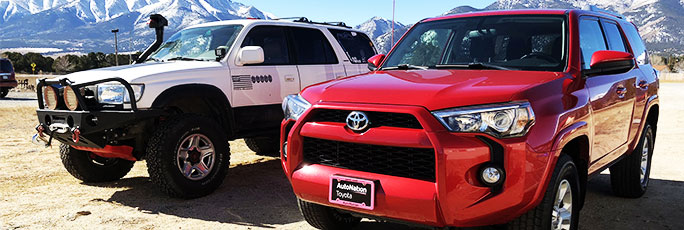
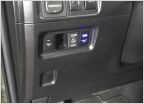 What switches you usinng for your LED light bar?
What switches you usinng for your LED light bar? 2023 4Runner Running Boards
2023 4Runner Running Boards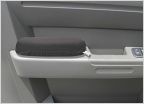 Doorsill armrest
Doorsill armrest Add a camera for back of trailer
Add a camera for back of trailer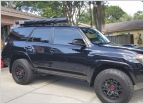 Interior detailing tips/tricks for Softex and 5th Gen 4Runners in general
Interior detailing tips/tricks for Softex and 5th Gen 4Runners in general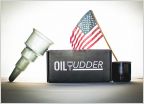 Oil Change - How to avoid a mess when dropping the oil filter???
Oil Change - How to avoid a mess when dropping the oil filter???
















































































